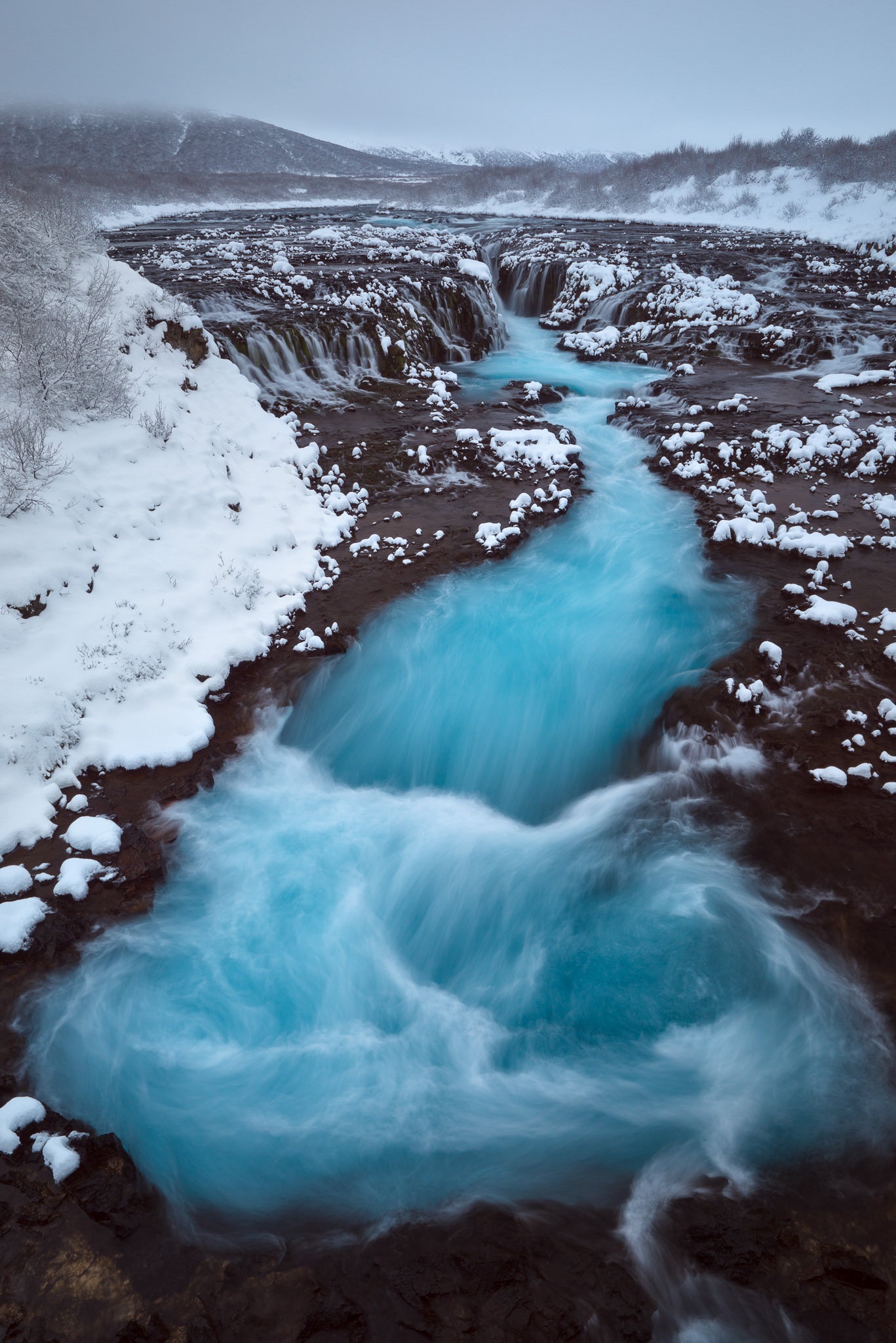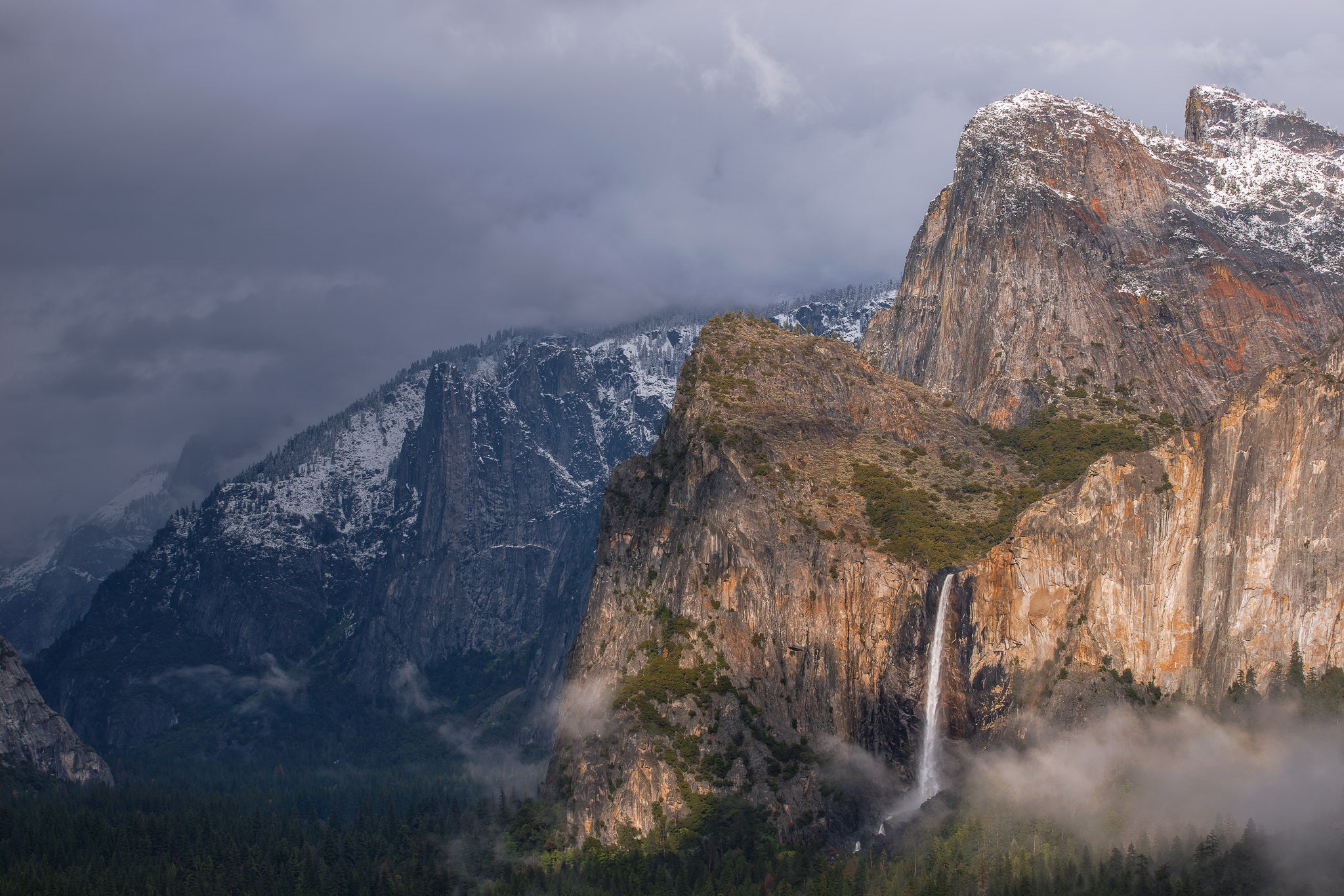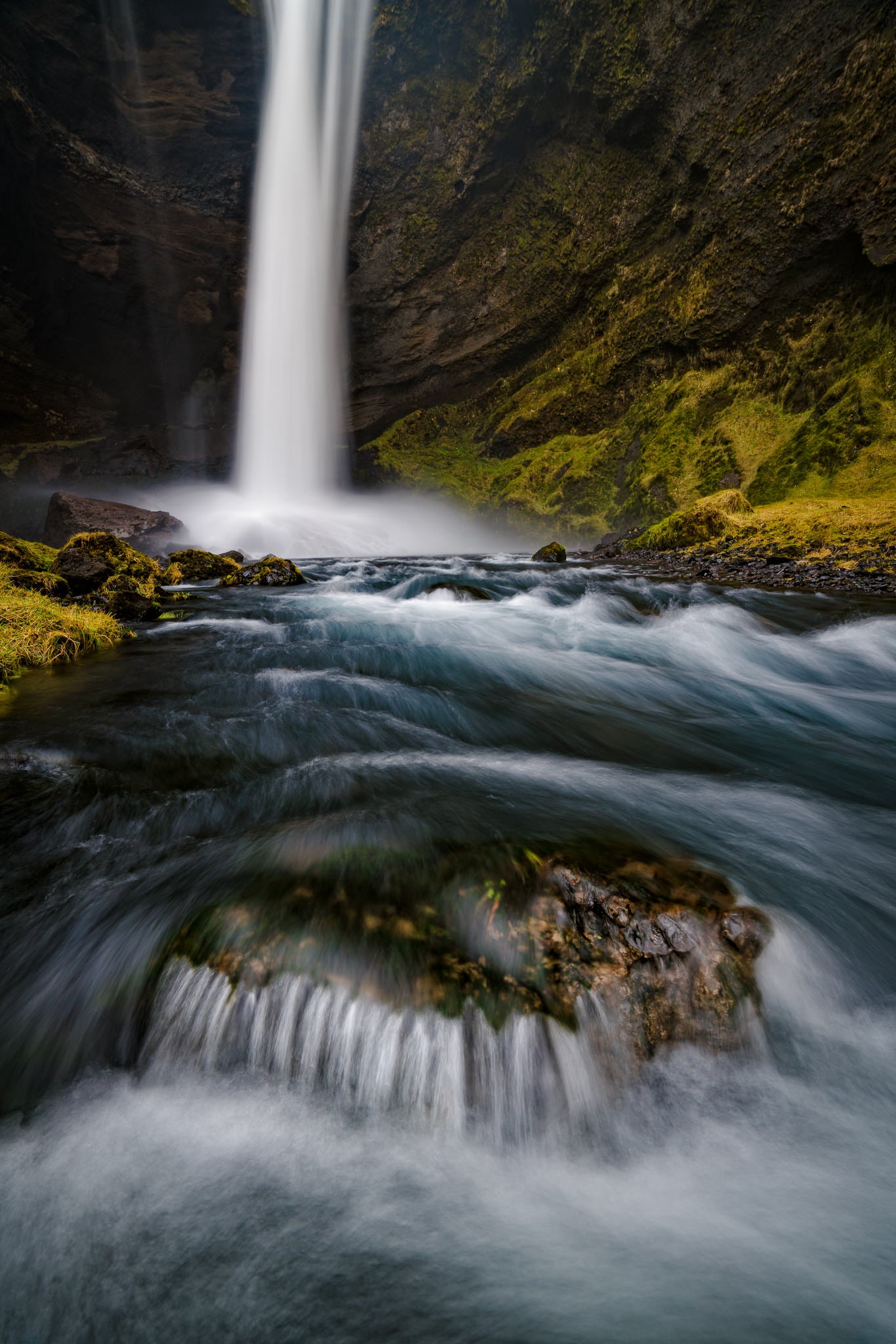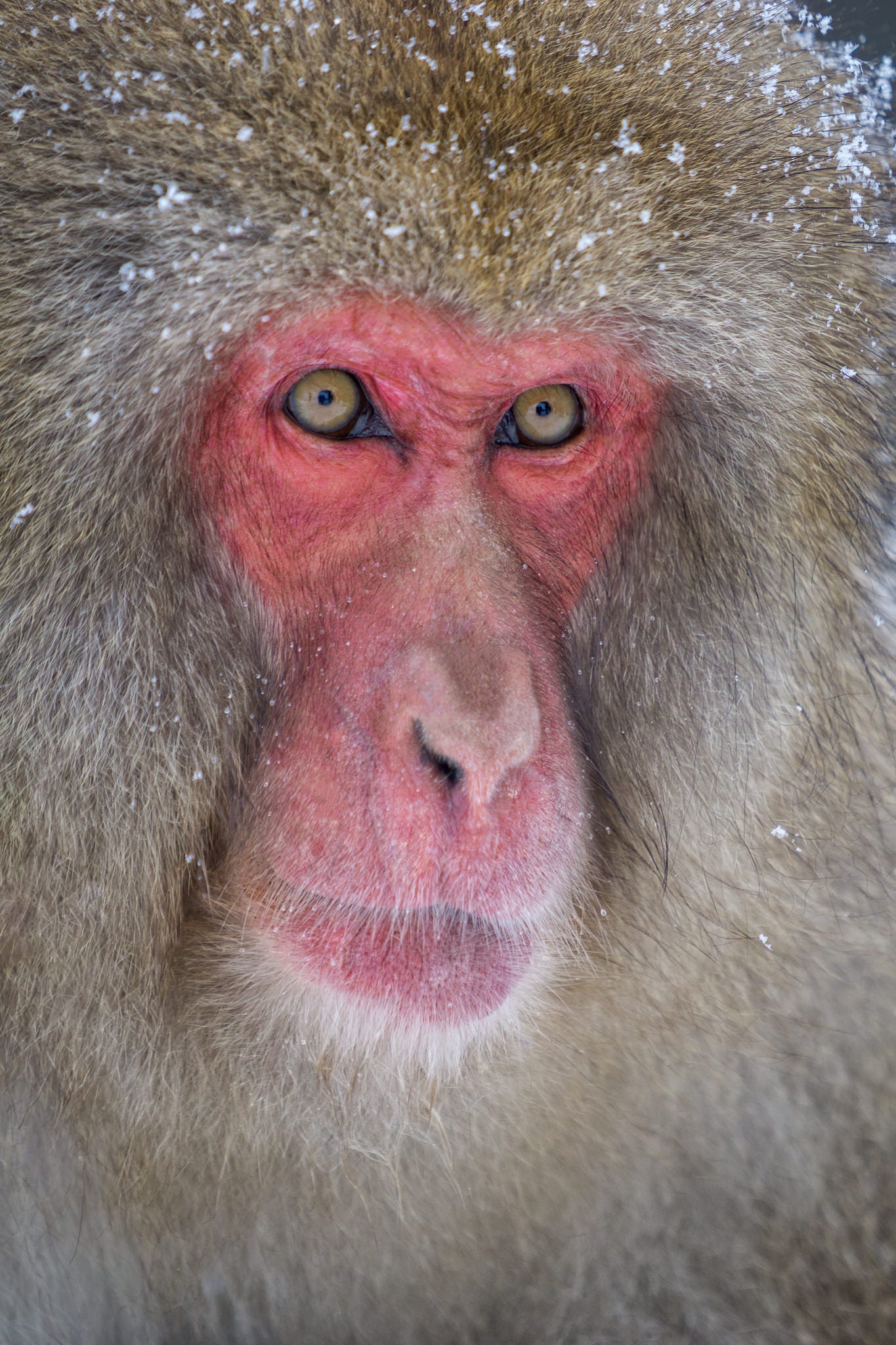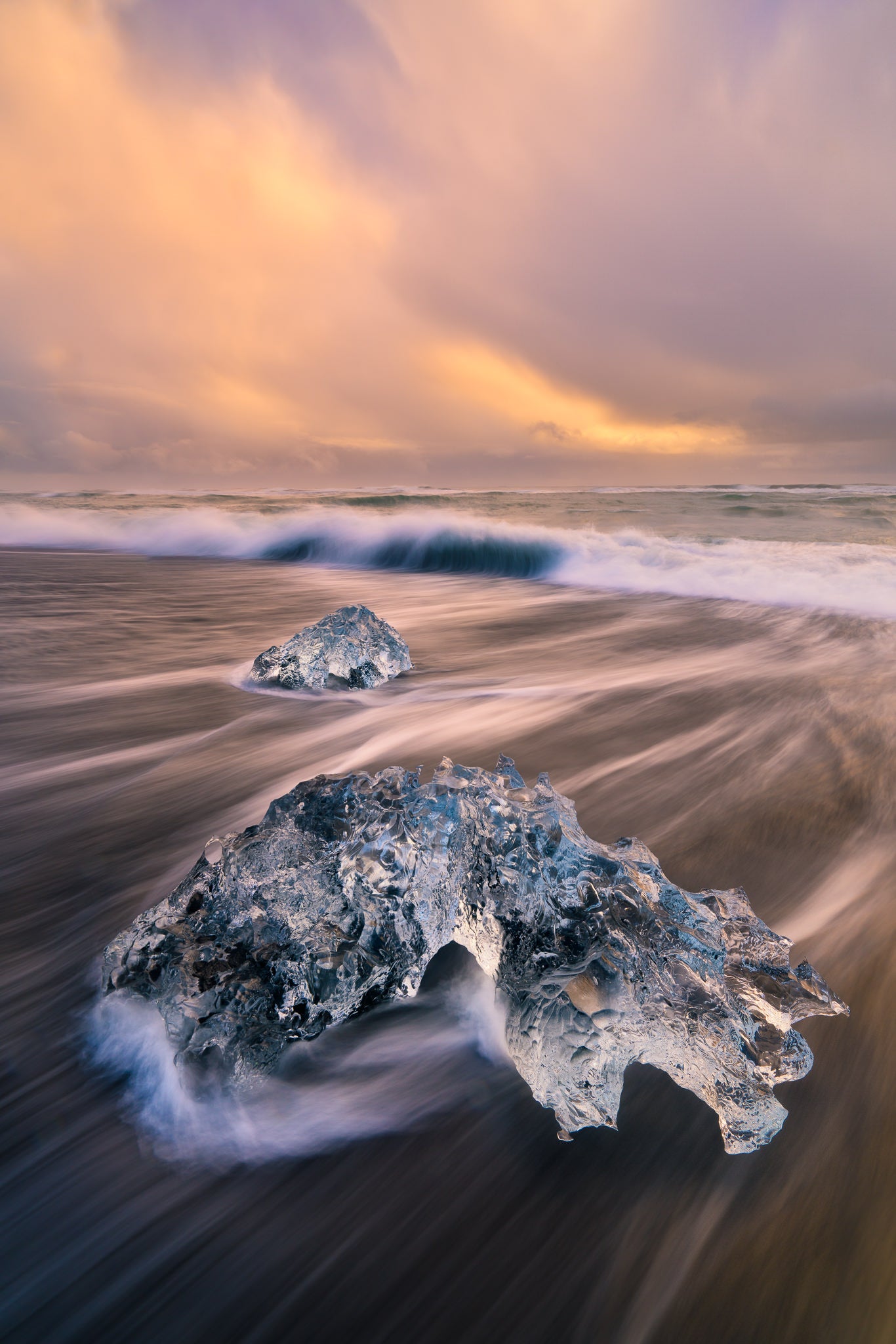Sony Artisan Colby Brown is a Boulder, Colorado-based photographer and educator with a love for world travel and a dedicated audience of more than 3.6 million social media followers. Alpha Universe had a chance to sit down with Brown to talk about how he works, what keeps him motivated and how he’s combined his passions into The Giving Lens, an organization that pairs travel photography workshops with non-governmental organizations providing humanitarian aid.
Alpha Universe: How did you come to specialize in travel photography?
Colby Brown: I actually got into photography because of my love of travel. I got the travel bug and then photography was an idea that I thought would allow me to continue to travel. It was that idea of wanderlust and the excitement of the unknown and putting myself into situations where I felt out of my element. That’s where I felt most at home. So everything was a one-way ticket and we’d just go travel and make things work. The infusion of travel and photography, of course, led to travel photography. A lot of my early stuff, when I was living over in Asia in 2006, was all focused on travel photography, it was street photography and architecture stuff with temples in Thailand and photographs of monks and monkeys and all sorts of stuff. Travel photography’s pretty broad, so it covers a wide perspective.
Alpha Universe: How do you incorporate other new interests into your photography?
Colby Brown: I’ve always wanted to try to weave external interests into those things that I’m doing. For instance, I love wildlife and wildlife photography. I don’t necessarily want to focus on it, but I love doing it. When I’m in East Africa I want to be photographing the lions in the Serengeti or doing the silverback gorillas in Uganda. I love to go shoot that stuff.
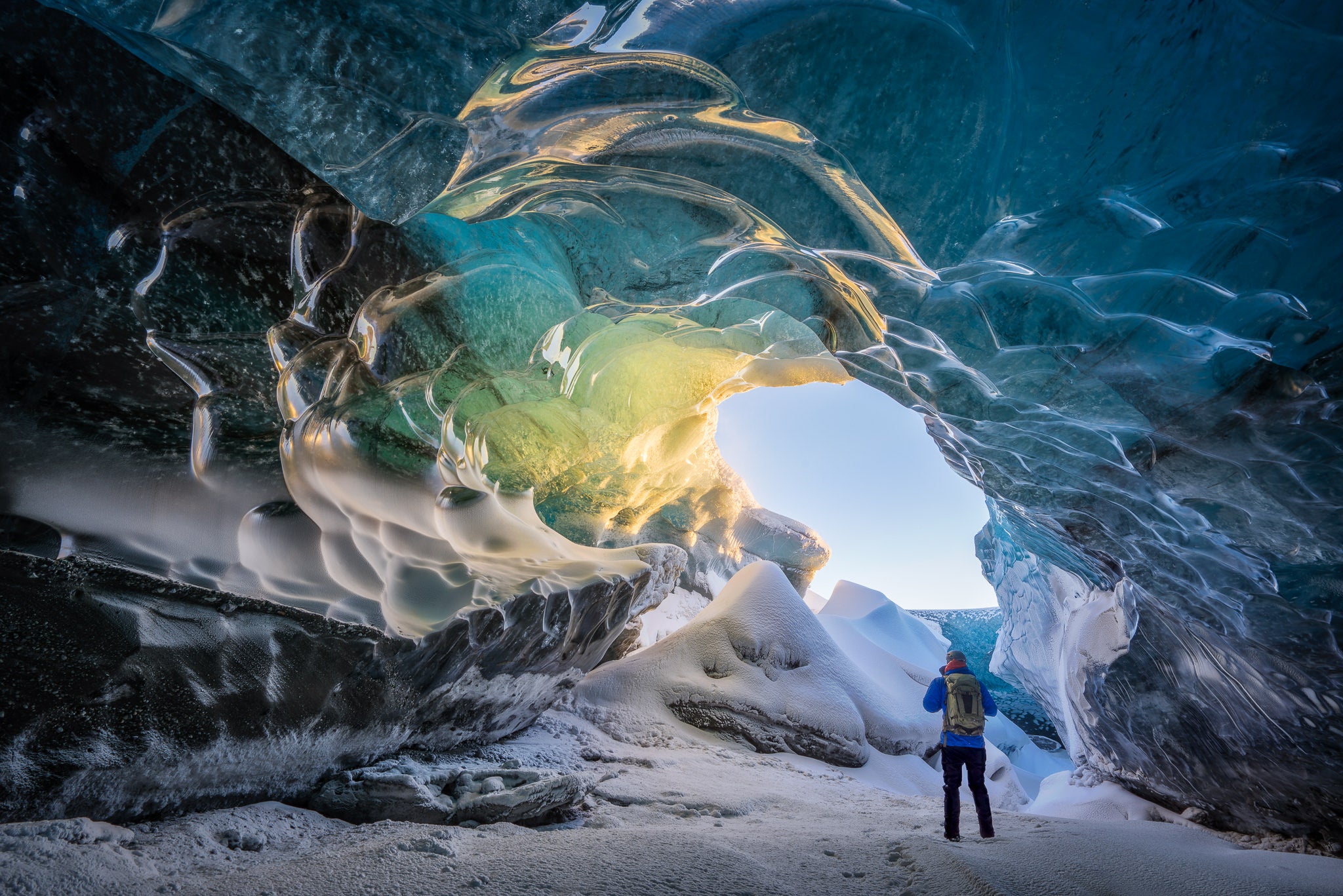
Alpha Universe: You seem to have an affinity for the natural world that comes through in your work. Can you describe how that happens?
Colby Brown: I think it’s deliberate and it’s also always evolving. For example, with landscape photography; I’ve always been drawn to the solitude of nature. The idea of being out in the wild and you’re connecting with nature and it’s a very intimate experience. And for the first half of my career and probably even a little more, that was kind of the main focus. So if you look at a lot of my work from those beginning years, it was completely devoid of human beings.
As I’ve done this longer, as my tastes and interests have continued to evolve and grow in new directions, I’ve actually enjoyed adding the human element into more of my work. I want to photograph things that I feel exemplify the locations I’m shooting in. Landscape, architecture, people… all of it. If I’m going to Japan, the breadth of the work that I want to come out of that project, it’s going to be a mix of all the different aspects I feel encapsulate the idea of Japan. That’s going to be a few people shots, it’s going to be the temples, the motion and the chaos in Tokyo, it’s going to be a beautiful reflective shot of Mt. Fuji. All of those things showcase what it’s like to be at these locations and it’s something I consciously try to do.
I look at a lot of other travel photographers and I feel that their interests seem to be where I used to be; they’ve gone through quite a lot of steps to make sure there are no human elements. If I feel the solitude in a location, and I want to exemplify that, then I’m going to do that in my work. And other times when I’m feeling more connected to the culture and things that are happening, then that’s going to come out. Or when I feel like the wildlife is a big part of it that comes out too. All these different pieces come together depending on what I’m feeling toward the subject or the overall story I’m trying to tell.
Alpha Universe: Are you shooting with your audience in mind?
Colby Brown: When I’m out in the field, there is very rarely a conscious thought that comes through my head that is focused on ‘are the people going to appreciate this?’ And for that reason I don’t feel that I’m shooting necessarily for other people. I’m photographing what I’m feeling connected to at the moment. And I’m photographing it in a way that I feel best exemplifies that. It’s more focusing on the story that I’m trying to tell rather than who I’m trying to tell the story to. I’ve grown my audience so now it’s almost like a self fulfilling cycle because I’m creating stuff that I love, that I enjoy, and people are following me and are engaged with me and the content that I’m creating because of who I am and because of the work that I do. I’m shooting how I want to shoot and people are appreciating it because I’ve taken the time to build an audience that’s receptive to the things that I love and enjoy…things that I’m drawn to myself.
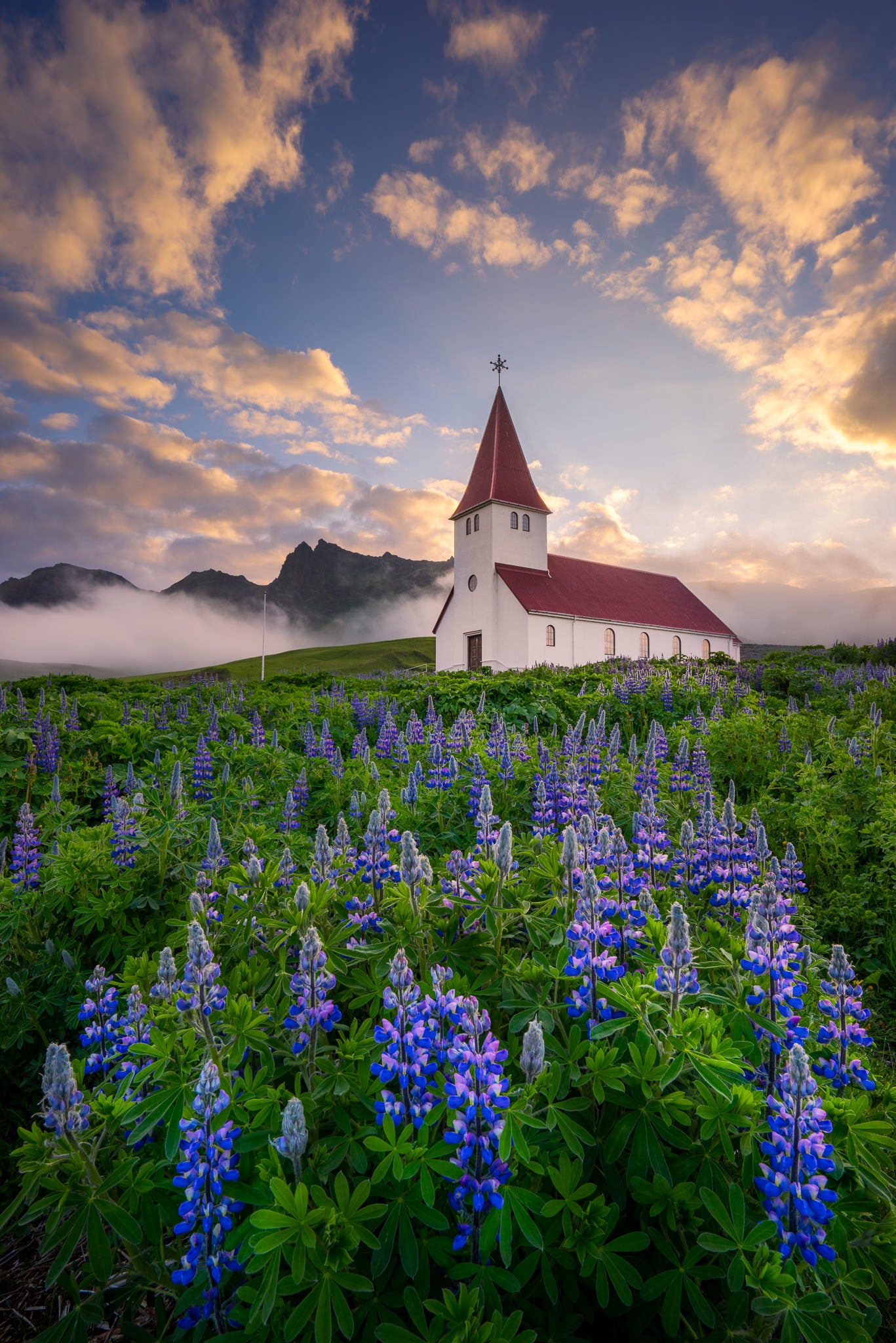
Alpha Universe: That’s a pretty amazing thing about this era. Do you find that there are basically no barriers to getting work seen?
Colby Brown: Absolutely. It’s great! I love the changing dynamic of the photo industry. There are so many ways for individuals to get eyes on their work. I always come back to the idea of telling a story. To me, that’s the difference between a snapshot and a photograph. I use this analogy in some of the talks I’ve done for Sony. You’re sitting there and I usually give a picture of the Snow Monkeys, and I show this snapshot from a cell phone camera in Nagano, Japan. It’s a shot anyone with a cell phone would take to show their family.
But the next photo I show is one I took with the Sony α6000 and it’s a closeup shot of this snow monkey mother and her child, and they’re sitting on the edge of a hot spring and it’s cold and snowy. And to me it’s telling a story, whereas the snapshot is taking a moment in time, the photograph tells the story. I’d like for all of my images to tell a story, and I have to use my creative talents and my understanding of photography and light and composition, that’s where all those post-processing skills all come together and in a single frame to tell something that I find personally to be a story worth telling.
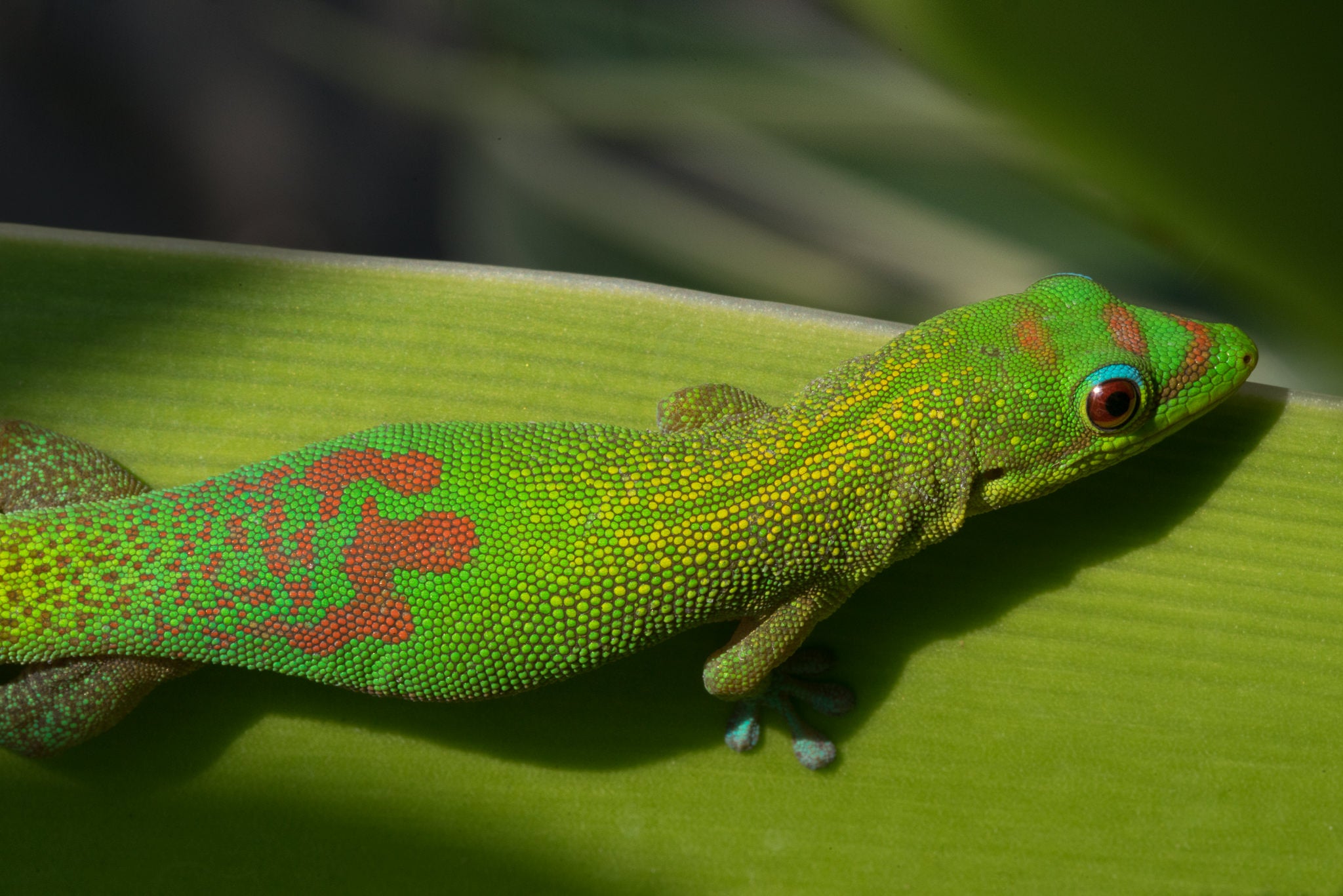
Alpha Universe: You place a high value on using your camera to tell stories that incite change.
Colby Brown: After my first few years of traveling around the world it became very quickly apparent that there are… I don’t want to say injustices, but just the differences and contrasts between cultures. I saw such a disparity between the life that I remembered back home in the U.S. and how everyone else was living their lives in developing countries. And that pulled me in. Seeing that firsthand for those first few years, eventually it was just very obvious, the contrast. And so I started doing small bits of donating my time to orphanages or small non-governmental organizations when I was traveling throughout Southeast Asia, donating bits of my time here and there. As my brand continued to build, I had more opportunities, more clout, or the ability to… I don’t necessarily want to say “invoke change,” but certainly to start dialogues about different challenges that face the vast majority of people on this planet. And that led to the idea of The Giving Lens.
Alpha Universe: That’s a really interesting organization you’ve founded. How did that get started?
Colby Brown: The idea of wanting to do more to give back and help to tell stories that I felt needed to be told, that desire, all the stuff we just talked about, ultimately came to a head with the earthquake that hit Haiti in 2010. I was actually with my wife in Guatemala at the time, and so we were out of contact. A couple days after the earthquake when we reconnected with the world, I had hundreds of emails from people flooding my inbox asking if I’m going to Haiti. I was like, ‘What are you talking about?’
By the time we got back to the States, it was mind-boggling what was happening. And that thrust me into the idea of using my photographic skill in order to tell stories that do more. So I connected with another local Colorado photographer and a woman who worked in the Peace Corps in Haiti, and we started doing trips down there and we formed an organization to help Haiti. For a few years we’d take multiple trips down there and tell the story for small NGOs on the ground in Haiti that were doing phenomenal work.
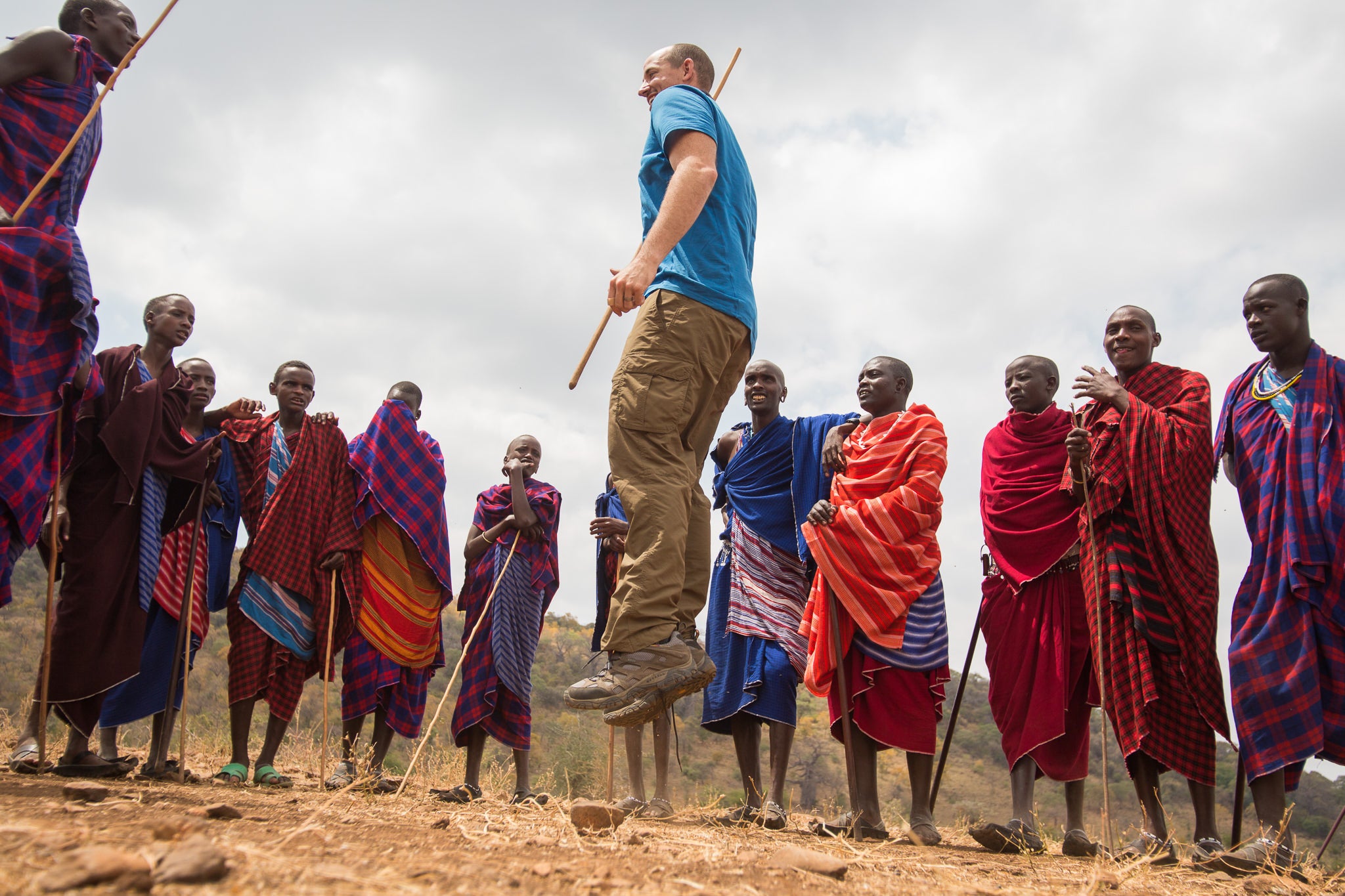
The team ended up going in different directions, but I wanted to continue to elevate that idea of photographers using their skillsets to tell stories, to advocate for causes and to hopefully affect some actual change out there in the world. And this was all happening at the same time I was getting heavily involved with photo education. I had already done some work for National Geographic—they had hired me to lead some adventure tours for high school and college students in Ecuador—so I had this photo bug where I wanted to do more photo education, and I also wanted to give back and do more through advocacy for different causes around the world. And it just came naturally together. It just kind of clicked in my head one day. I was like you know what, this is perfect. Let’s combine the idea of teaching photographers how to be better photographers while at the same time using the same skillsets we’re instructing people on in order to make some positive difference in the lives of other people.
Our first main trip was with Empowerment International, which had a youth education program wrapped around photography and was already somewhat established before we got there. We were able to bring 20 photographers down that first year. We did two trips back to back. This was 2012. Last year we did seven, with ten photographers each. We had so much interest for that first trip because nobody was doing it. And that’s still the case.
Alpha Universe: Nobody else is doing this? Given that it’s humanitarian work, I’m guessing you wouldn’t mind the competition.
Colby Brown: Absolutely. There are places that do some volunteer placement, but nothing really with photography. There might be one or two, but none of them are doing it at the scale we’re doing. We’ve had a few other professional photographers do their first foray into photo education by teaching for The Giving Lens, and a few of them have actually started their own companies that have these side tangents that do some of these humanitarian focused side tours which are operating in a very similar manner to TGL. Which is phenomenal. The more people who are helping, the better. It’s not a competition.
The idea was simply to provide a vehicle, to become the middlemen to connect photographers with important causes and NGOs that need help in a way that is sustainable and that is meaningful. Because so much of travel, even travel photography these days, it’s so superficial. We wanted to break down those borders. By working with people and working with communities that are ingrained with the families they are helping, it allows us to open doors that 99.9% of other people traveling to these locations never get to experience because they’re never invited into the barrios outside of Granada, Nicaragua, to actually spend time with the families and talk to them, see how they’re living, and have these intimate moments, and be able to photograph and document them.
We see all these different types of things that most people don’t get to experience. That was another important element of this. Let’s break down those stereotypical aspects of travel and travel photography, and let’s get down to real experiences that also simultaneously allows us to raise a bit of money, advocate for causes, tell stories, and obviously help these organizations do more and raise more for the needs that they have.
See more of Colby Brown's photography on his Artisan page.
You can find out more about The Giving Lens here.
